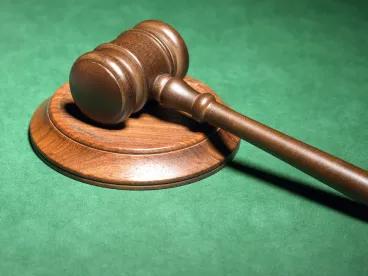On January 28, 2021, the Federal Circuit affirmed the general principle that the mere fact of copying by an accused infringer is insufficient to rebut a charge of obviousness (L’Oreal USA, Inc. v. Olaplex, Inc.; appeal from PGR2018-00025; non-precedential).
The appeal related to a post-grant review (PGR) challenge brought by L’Oreal against U.S. Patent No. 9,668,954, relating to methods for bleaching hair using maleic acid. We previously reported the Federal Circuit’s decision on appeal of the PGR of a parent patent (Liqwd, Inc., v. L’Oreal USA, Inc., appeal from PGR2017-00012) here. In Liqwd, the Federal Circuit concluded that L’Oreal, the accused infringer, would not have developed products using maleic acid without having had access to the confidential information of Liqwd, Inc., the patent owner. Because the Patent Trial and Appeal Board (PTAB) in Liqwd failed to weigh this evidence as an indicium of non-obviousness, the Federal Circuit remanded.
In L’Oreal, Olaplex (succeeding Liqwd as the patent owner) argued that issue preclusion required the court take as a given the factual finding in Liqwd concerning L’Oreal’s copying. On those grounds, Olaplex requested remand for reassessment of obviousness in view of copying as an indicium of non-obviousness. For the sake of argument, the Federal Circuit assumed (without deciding) that Liqwd was issue-preclusive as to L’Oreal’s copying, and nevertheless affirmed the PTAB’s decision. A significant difference between the two cases was that, in Liqwd, the evidence of copying was disregarded as allegedly irrelevant. By contrast, in L’Oreal, the PTAB had weighed the evidence of copying and its nexus to the patent claims, and simply afforded it little weight.
The Federal Circuit previously held that “more than the mere fact of copying by an accused infringer is needed to make that action significant to a determination of the obviousness issue” (Cable Elec. Prods., Inc. v. Genmark, Inc., 770 F.2d 1015, 1028 (Fed. Cir. 1985)), and that “copying is only equivocal evidence of non-obviousness in the absence of more compelling objective indicia of other secondary considerations” (Ecolochem, Inc. v. S. Cal. Edison Co., 227 F.3d 1361, 1380 (Fed. Cir. 2000)). As such, even assuming that Liqwd required a conclusion of copying, such conclusion alone is insufficient evidence of non-obviousness.
The PTAB had considered evidence of additional indicia of non-obviousness proffered by Olaplex, and found the nexus to the claimed invention to be inadequate. Olaplex did not contest those determinations. While evidence that a “copyist had itself attempted for a substantial length of time to design a similar device, and had failed” may constitute evidence that the copying indicated non-obviousness, Olaplex had submitted no such evidence. Vandenberg v. Dairy Equip. Co., 740 F.2d 1560, 1567 (Fed. Cir. 1984). On balance, the Federal Circuit therefore saw little reason to disturb the PTAB’s conclusion that the (assumed) copying had no significant bearing on the obviousness determination.
Takeaway: While actual evidence of copying must be considered in an obviousness determination, copying alone is at best equivocal. To succeed as an indicium of non-obviousness, evidence of copying should be accompanied by other indicia of non-obviousness with a nexus to the claimed invention, or evidence that copying succeeded where the alleged infringer’s previous efforts had failed.





 />i
/>i

